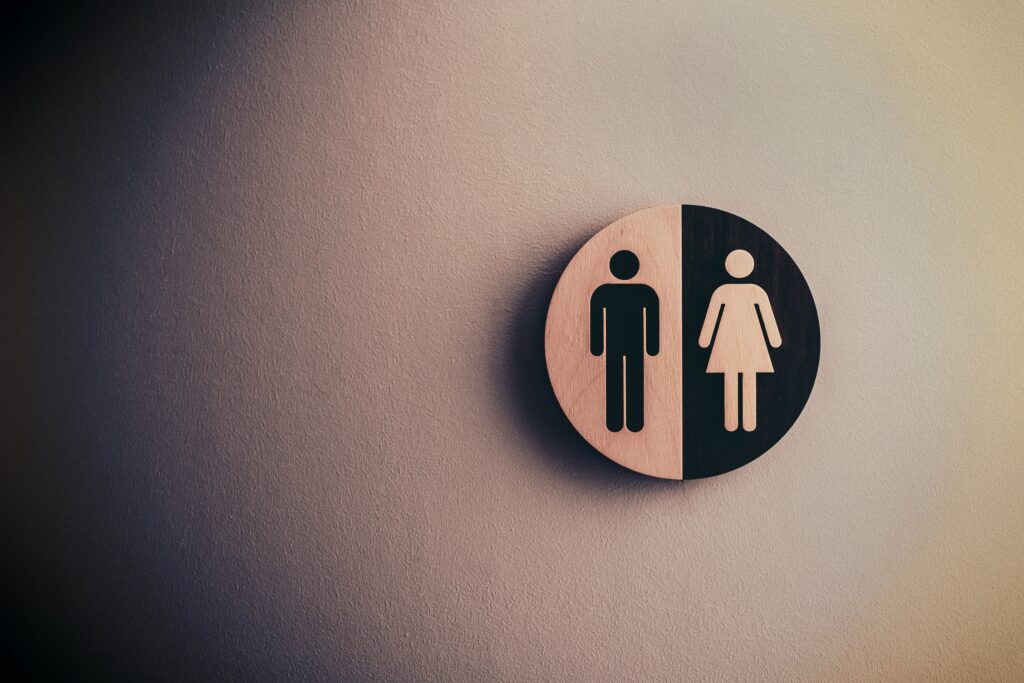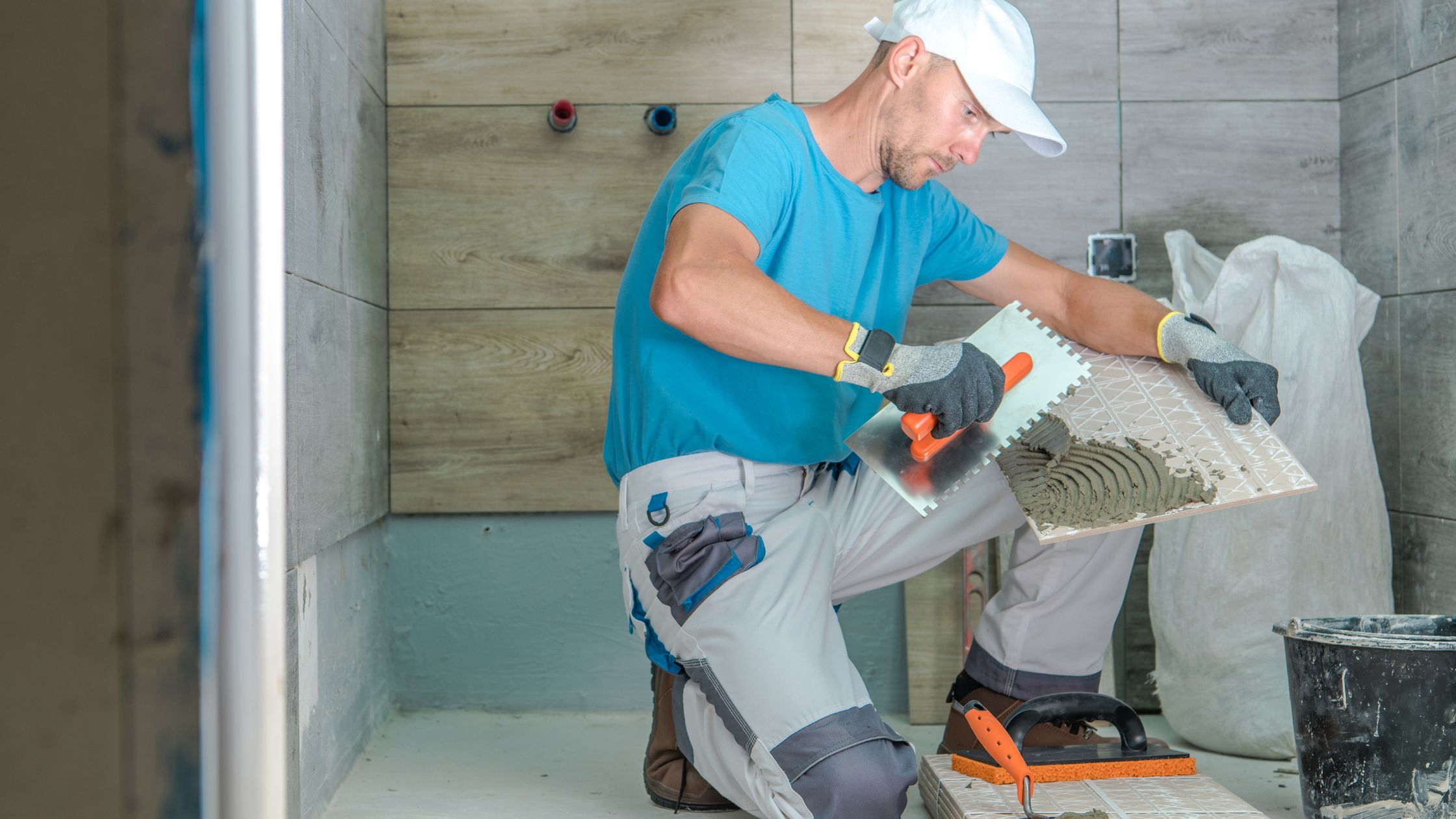Why do we avoid public toilets whenever we can?
Have you ever been busting for the toilet whilst out, only to find a public toilet lurking in the back corner of a train station or on the street and think, “I can hold it for a little longer”?
According to a recent study conducted by Citron Hygiene, over 76% of adults say they will only use a public toilet if they have no other options, and 3/4 of Londoners would rather buy a coffee from a shop just to use their toilets instead!
But why do so many of us avoid public toilets as often as we can, and what are councils doing to improve the overall look and functionality of these convenience toilets?
For many of us, the thought of using a public toilet fills us with dread. It is thought that this can mainly be put down to the cleanliness of the toilets, the state in which we are going to find them and of course, whether we will have to squat and make do without toilet paper!
Although cleaning standards have been improved across the UK since the pandemic, our public toilets still seem to be missing out on a good clean. This month, Aylesbury Bathroom Trade Centre takes a look at what is lurking in our public toilets and how councils can improve their facilities with our help.
Bacteria and grime that is lurking in public toilets everywhere
There are mixed thoughts on whether the bacteria and grime featured in UK public toilets could actually pose a risk to our health. With some simple handwashing techniques and general common sense, you can avoid transferring and carrying any harmful bacteria with you once you have left.
Often, it is thought that the most common reason for avoiding these toilets is because they are aesthetically unpleasing and give us a general feeling of unease, rather than any proven harmful bacteria they could be harbouring.
Public toilets, in general, are built for functionality and convenience rather than looking pretty and inviting. Unfortunately, dependent on their location. However, they can often be a place for homeless people and youths to hang out in – whether to stave off the cold or to use their latest graffiti purchase.
This is why many councils, particularly in cities like London, have imposed a charge for using public toilets – and you can often see the difference with these!
They are more looked after (in most cases) and aren’t as damaged as their free counterparts. More could be done, however, to stop anti-social behaviour from occurring in restrooms and to keep them clean and tidy – however, without investment, we are unlikely to see a change.
Handwashing steps from the NHS
In case you need a reminder of the best way to wash your hands after you have used the bathroom – whether public or private, take a look at the steps provided by the NHS below:
- Wet your hands with water.
- Apply enough soap to cover your hands.
- Rub your hands together.
- Use 1 hand to rub the back of the other hand and clean in between the fingers.
- Rub your hands together and clean in between your fingers.
- Rub the back of your fingers against your palms.
- Rub your thumb using your other hand.
- Rub the tips of your fingers on the palm of your other hand. Do the same with the other hand.
- Rinse your hands with water.
- Dry your hands completely with a disposable towel.
- Use the disposable towel to turn off the tap.
Source: NHS
How much control do councils have over the dirt and grime?
So now that we have looked at public toilets as a whole, it’s time to understand what can be done to improve the quality of public toilets across the UK so that we are able to use them whilst we are out comfortably.
Education – For many, it’s important to educate on the importance of public toilets, the role they play in our towns and cities and put deterrents in place for those who are keen to vandalise and destroy these toilets.
Upgrades – Many public toilets are in desperate need of an upgrade to bring them up to standard. Replacing bathroom suites, locks on the doors and sanitary ware is important to encourage an aesthetically pleasing feel when we are using these toilets. upgrades don’t have to be an expensive investment, and a small charge, once upgrades have been made, will support keeping them looking clean and nice.
Minimal advertising and graffiti-proof paint – Advertising quickly goes out of date and can make public toilets look shabby and untidy very quickly. Avoid this by keeping advertising to a minimum and avoid adverts with ‘sell-by dates’ included. Graffiti-repelling paint is another great way to keep your public toilets looking tidy, and walls will be much easier to clean.
Invest in cleaners – it’s important that your public toilets are cleaned and restocked on a regular basis to help avoid them falling into disrepair. As previously mentioned, a small charge to use public bathrooms will support the cost of a cleaning team.
This may also interest you:
Stylish ideas to upgrade your commercial bathrooms in 2022
Upgrade your public toilets with Aylesbury Bathroom Trade Centre
As your local bathroom trade team, The Aylesbury Bathroom Trade Centre can support local councils and authorities to upgrade their public toilets in an appropriate and long-lasting way.
Our team can provide advice and guidance on the best toilet suites to choose that will leave your public toilets looking both functional and aesthetically pleasing.
If you have room in your 2023 budget for a public toilet upgrade, get in touch with Aylesbury Bathroom Trade Centre today and find out more about our cost-effective prices and support.




